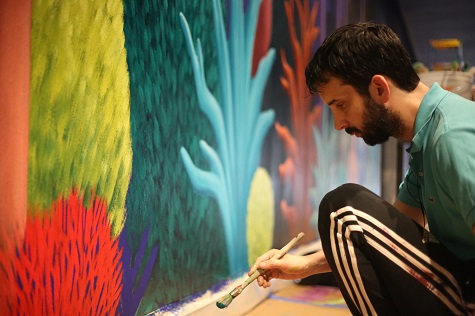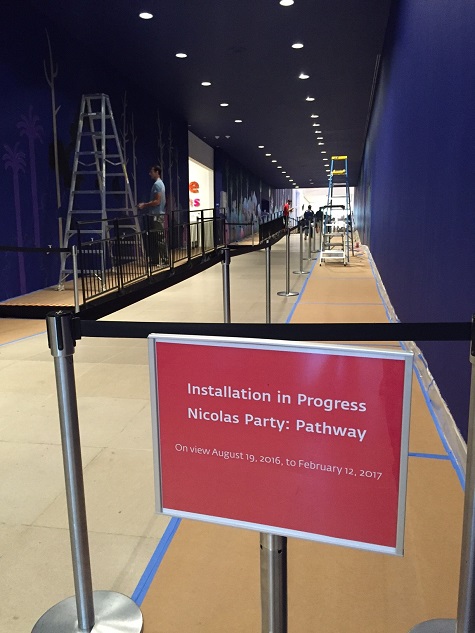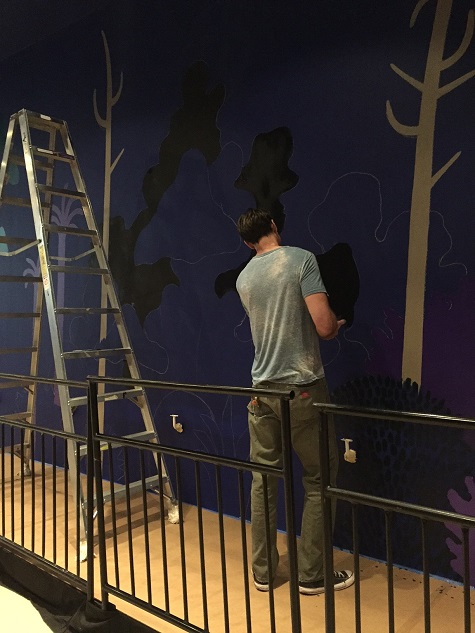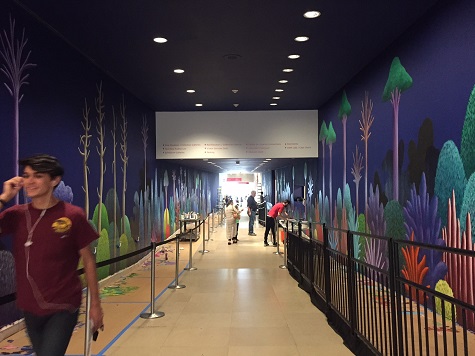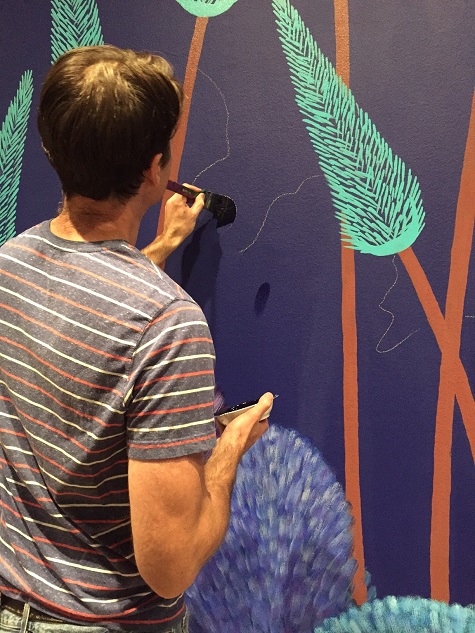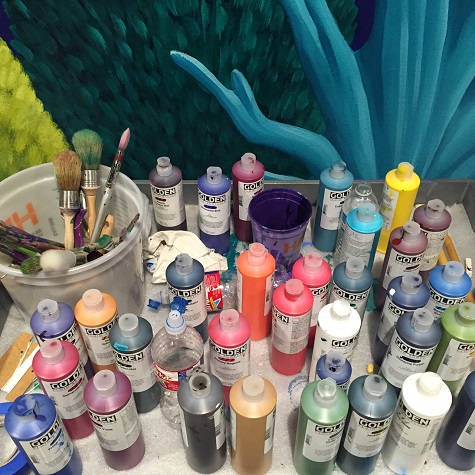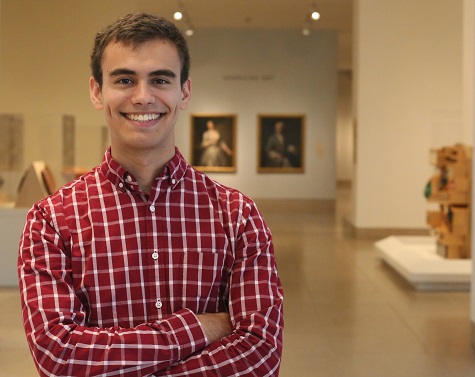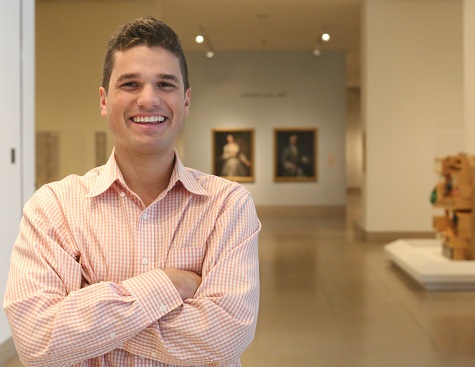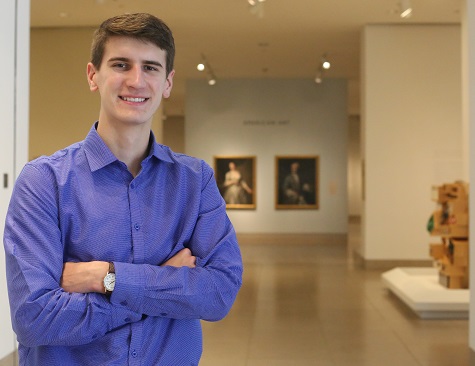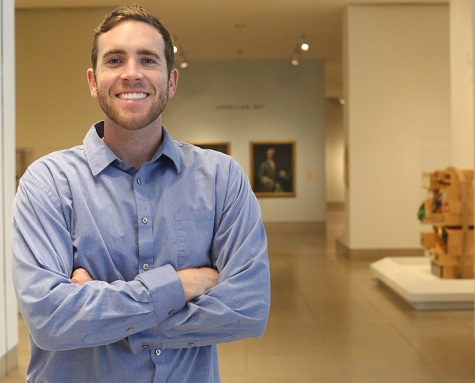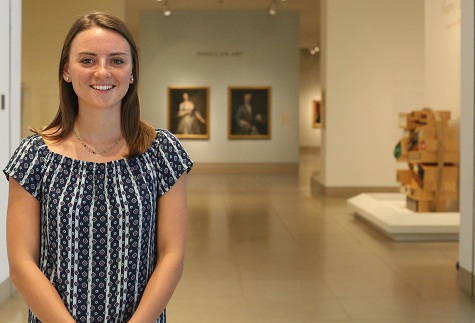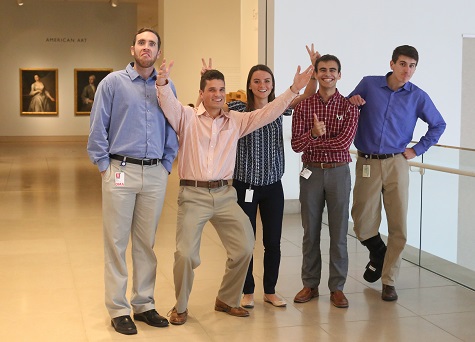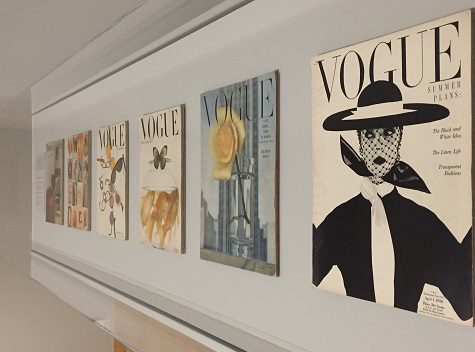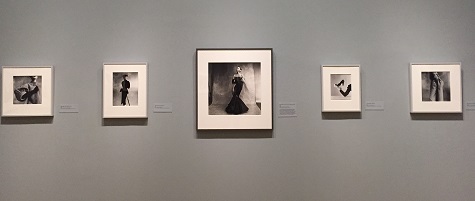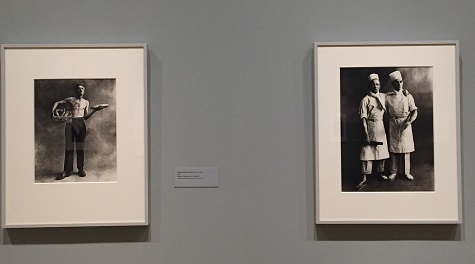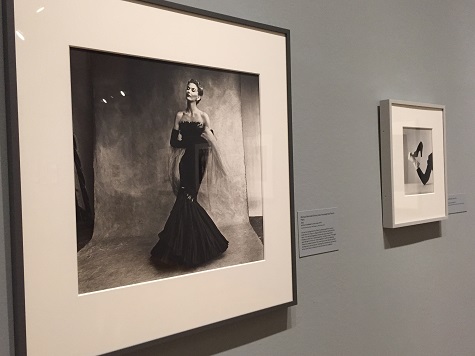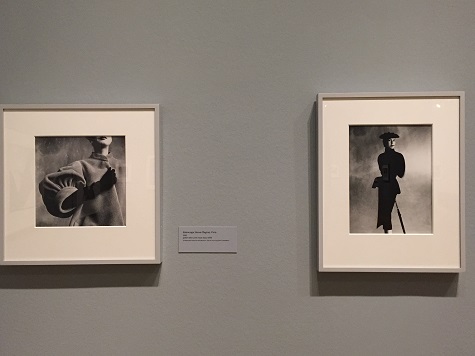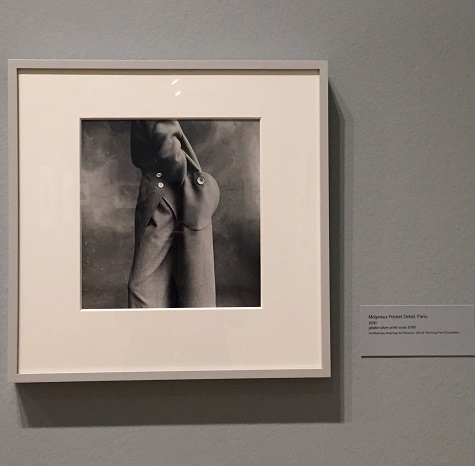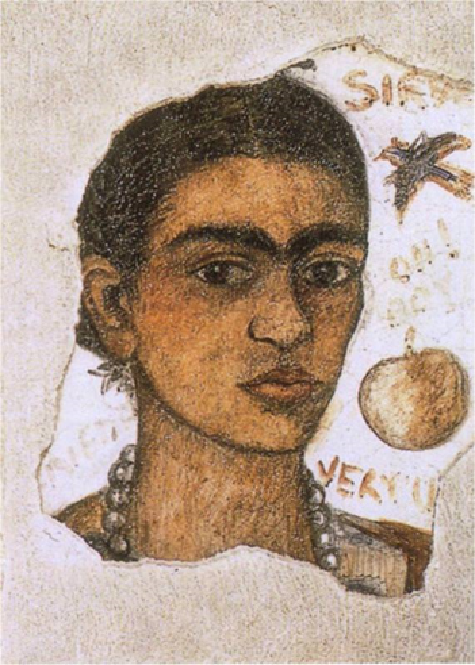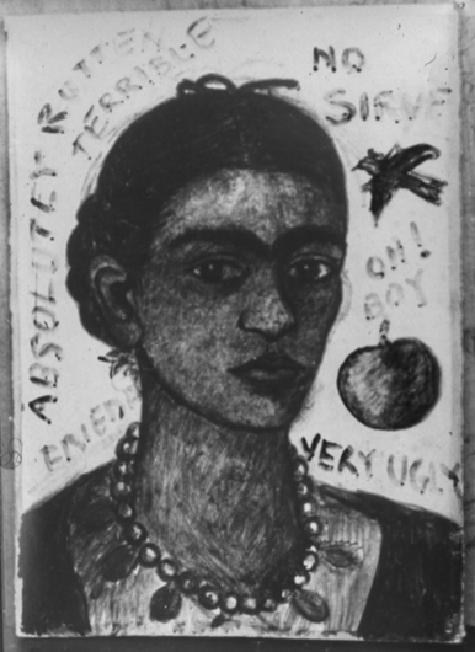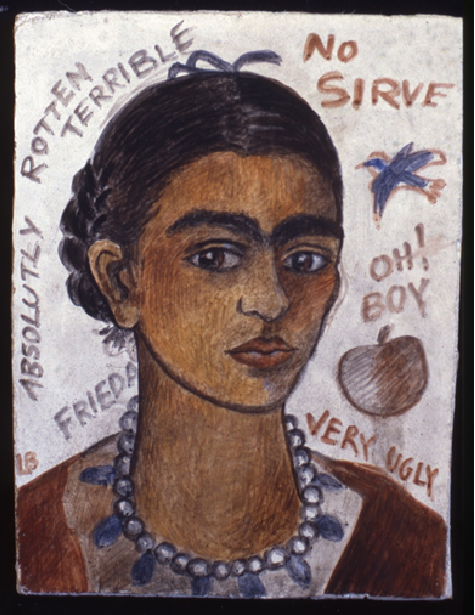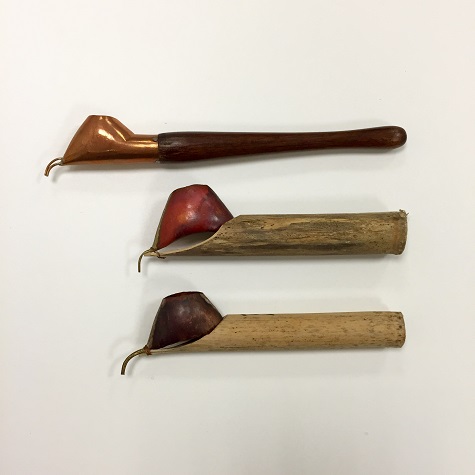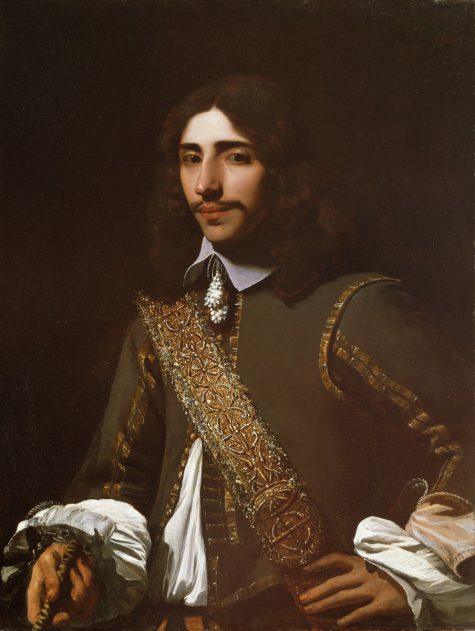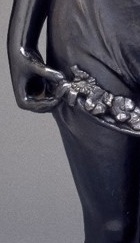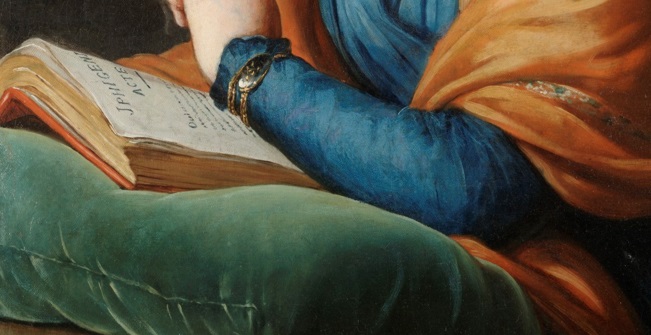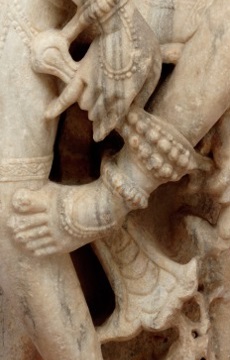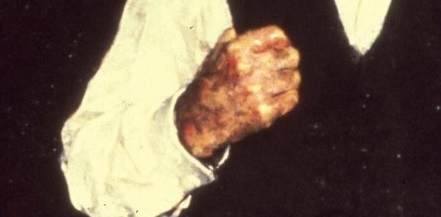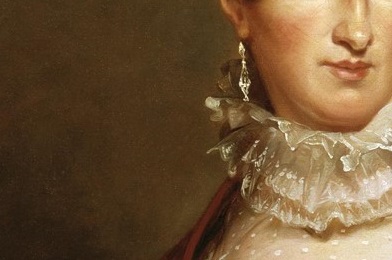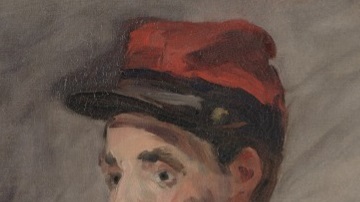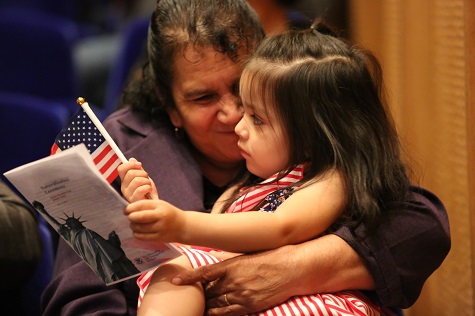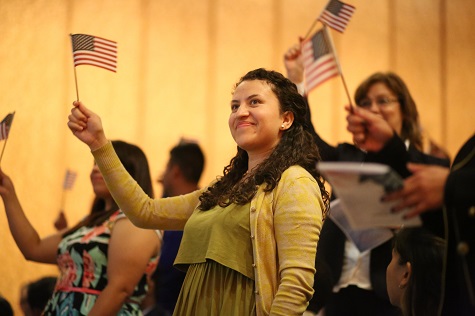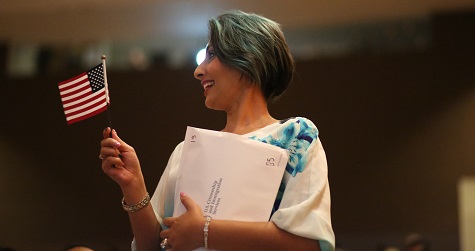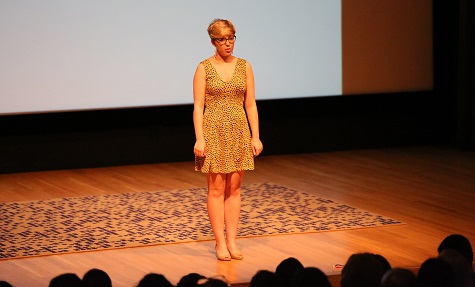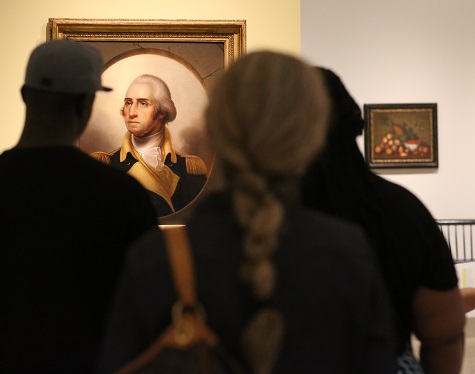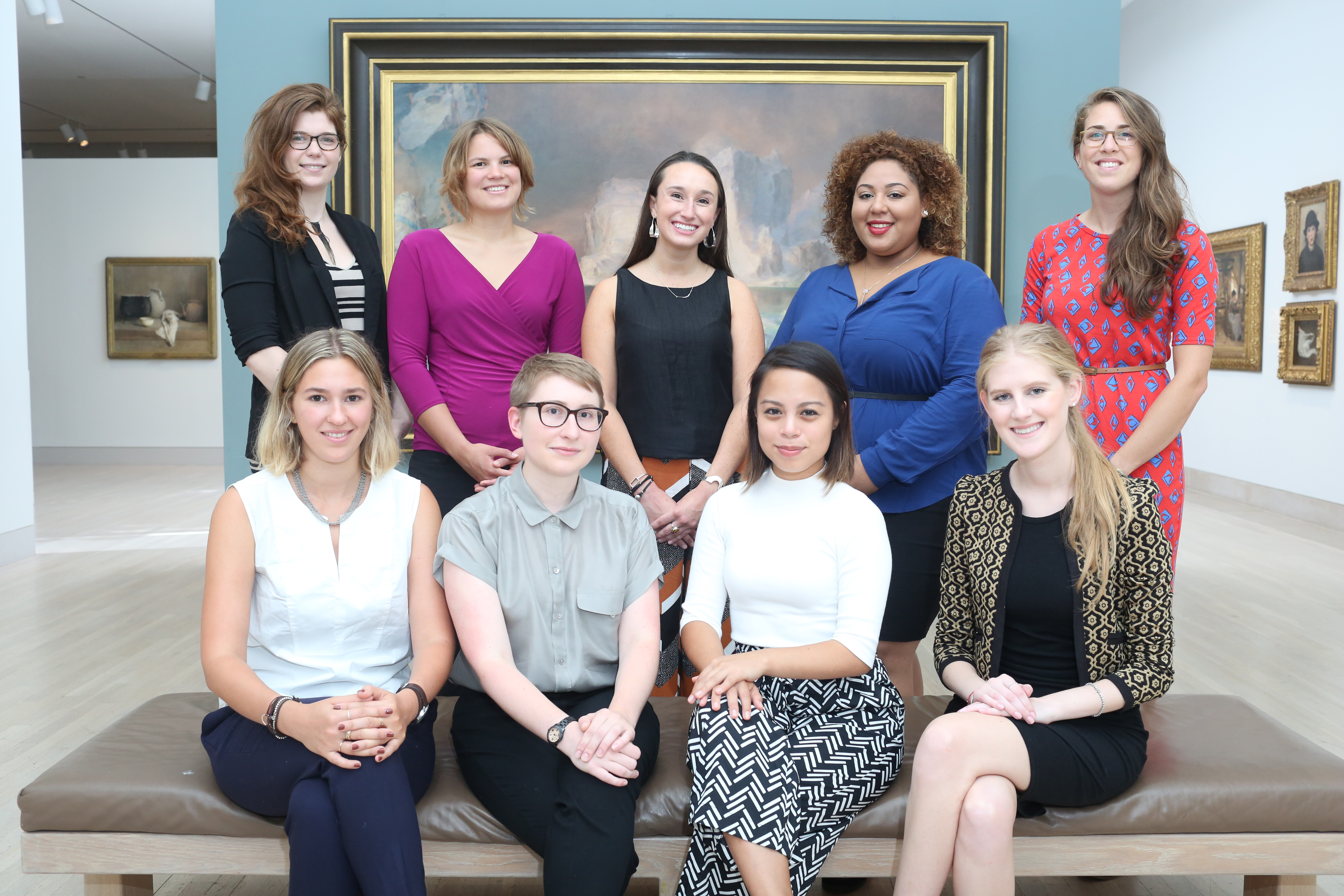
September is already upon us, which means it’s once again time to meet our new McDermott Interns. Each year we offer nine internship positions—four in the Museum’s Education Department and five in the Curatorial Department—to talented individuals who are interested in exploring museum careers. Established in 1974, the McDermott Internship Program allows interns to work closely with staff throughout the Museum and provides opportunities for individual contributions. Below you’ll find some brief background information on our brilliant new bunch, along with their official positions.
Grace Diepenbrock
McDermott Intern for Family and Access Teaching
Grace completed her BA in Studio Art at Mars Hill University in North Carolina. She most recently served as the Family Programs Assistant at the High Museum of Art in Atlanta, where she led programs for families and early learners. Grace has also held positions with the EdVenture Children’s Museum and the Madison County Arts Council, where she developed the curriculum for an art-based afterschool program.
Kelly Filreis
McDermott Graduate Intern for Contemporary Art
Kelly received her BFA in Print/Paper/Book from Minneapolis College of Art and Design and recently completed her MA in Art History from the University of California, Riverside. While at UCR, Kelly served as the Art History Graduate Student Association Vice President and coordinated the 2016 Art History Graduate Student Conference. She has also worked with multiple galleries in Minneapolis to coordinate exhibitions and special artist projects.
Sara Greenberg
McDermott Graduate Intern for Adult Programming and Arts & Letters Live
Sara completed her BA in Art History at the University of Denver and recently earned her MA in Art History from the University of California, Riverside. As a collections intern at the California Museum of Photography, she initiated a print viewing program to provide increased accessibility to the collection. While in Denver, Sara held internships at the Museum of Contemporary Art and the Denver Art Museum, where she helped organize their monthly late night program, Untitled Final Friday.
Angela Medrano
McDermott Intern for Gallery and Community Teaching
Angela recently earned her BA from Dickinson College in Pennsylvania, where she majored in American Studies. During her time at Dickinson, Angela founded a program for university student volunteers to learn and teach American Sign Language to early learners at the Dickinson College Children’s Center. Angela also worked with the university’s Trout Gallery to facilitate art-based wellness programs and programs for K–12 visitors.
Dana Olesch
McDermott Intern for Ancient American Art
Dana recently earned her BA in Anthropology and History from Beloit College in Wisconsin. During her time at Beloit, Dana served as a teaching assistant for multiple courses and worked with the college’s Logan Museum of Anthropology to create teaching materials for high school and college students based on the museum’s Andean and North American collections. She has also participated in archaeological excavations of domestic sites in Virginia and Peru.
Francesca Soriano
McDermott Intern for American Art
Francesca recently earned her BA in Art History from Colby College in Maine. While completing her degree, Francesca worked with the Colby College Museum of Art in various roles, including that of curatorial intern, student docent, and co-chair of the Student Advisory Board. She has also held internships with galleries in New York, Paris, and Berlin, during which she gained experience in development, communications, and exhibitions.
Marta Torres
McDermott Graduate Intern for Visitor Engagement
Marta earned her BA in Arts and Humanities from the University of Puerto Rico at Cayey and her Masters in Art Education with an emphasis on Museology from Caribbean University. Marta has worked with multiple departments at the Dr. Pio Lopez Martinez Museum of Art in Cayey, gaining experience in education, collections, and curatorial research. She also held a position researching and organizing the archives of artist Antonio Martorell.
Amy Wojciechowski
Dedo and Barron Kidd McDermott Graduate Intern for European Art
Amy received her BA in History from Oberlin College and holds her MA in the History of Art from Bryn Mawr College, where she is in the process of completing her PhD. Amy curated an exhibition of special collections at Bryn Mawr’s Carpenter Library and has also held a curatorial internship with the Philadelphia Museum of Art, where she contributed to an exhibition on Fernand Léger. She has also served as a student docent and education intern at Oberlin’s Allen Memorial Art Museum.
Megan Zembower
McDermott Intern for African Art
Megan recently completed her BA in Art History and French at Denison University in Ohio. While at Denison, Megan held positions as a teaching assistant and as a research assistant, working with her professor to organize an exhibition of contemporary art at Kenyon College’s Gund Gallery. Megan has also conducted architectural research on the Simon Jude Chancognie House, a historic 19th-century home located in Charleston.
Sarah Coffey is the Education Coordinator at the DMA.

